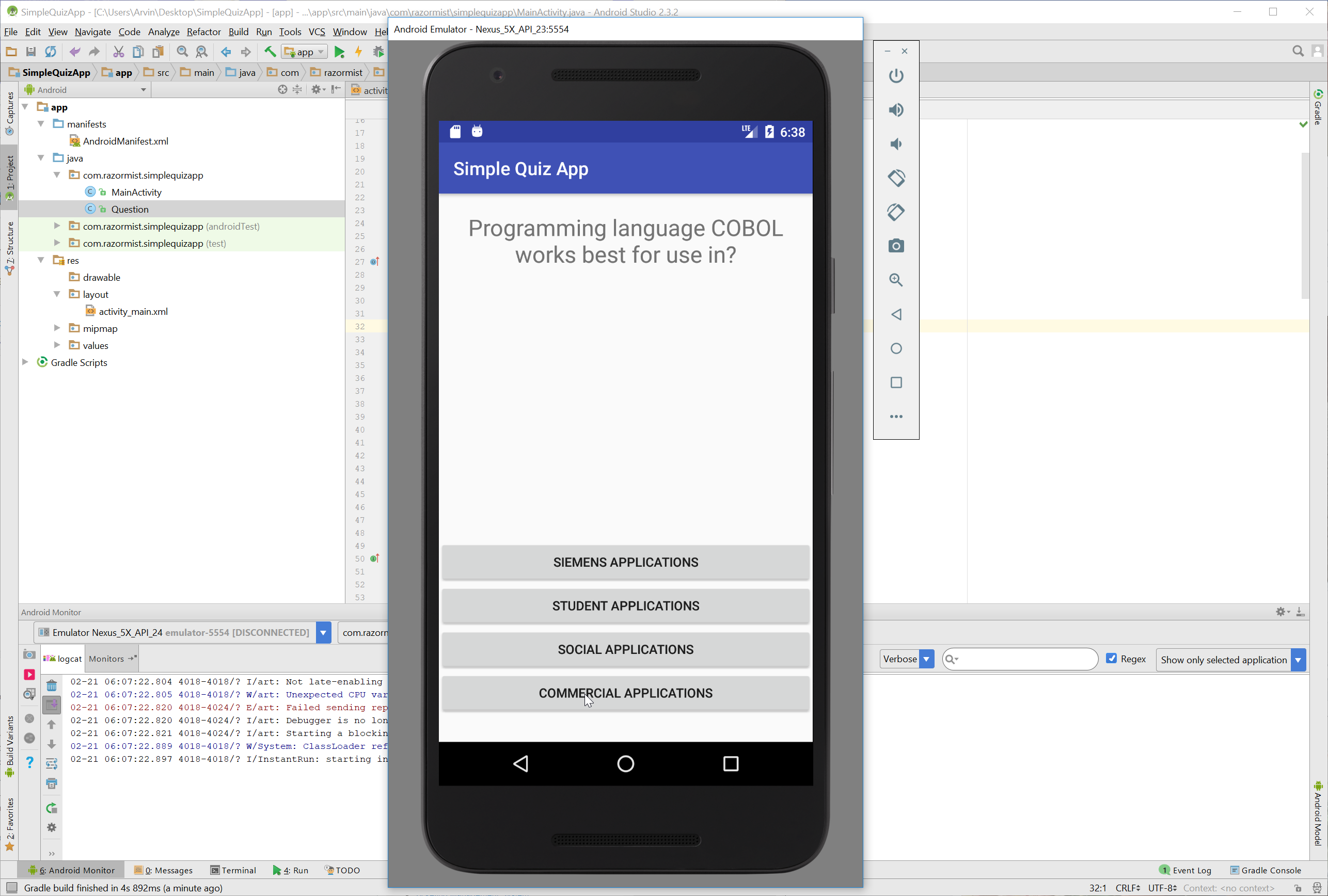
- #Android studio download for mobile install#
- #Android studio download for mobile update#
- #Android studio download for mobile android#
- #Android studio download for mobile code#
- #Android studio download for mobile mac#
#Android studio download for mobile install#
Install the Kotlin Multiplatform Mobile plugin.
#Android studio download for mobile update#
If needed, update to the latest version in the Stable update channel.
#Android studio download for mobile android#
In Android Studio, select Tools | Kotlin | Configure Kotlin Plugin Updates and check the current Kotlin plugin version. Make sure that you have a compatible Kotlin plugin installed.
#Android studio download for mobile code#
You will use it to add Swift or Objective-C code to your iOS application. Most of the time, Xcode will work in the background. If you need to write iOS-specific code and run an iOS application, install Xcode – version 11.3 or higher. You will use Android Studio for creating your multiplatform applications and running them on simulated or hardware devices. Install Android Studio 4.2 or 2020.3.1 Canary 8 or higher.

These steps cannot be performed on other operating systems, such as Microsoft Windows.
#Android studio download for mobile mac#
If you also want to write iOS-specific code and run an iOS application on a simulated or real device, use a Mac with a macOS.

If you are going to work with shared code or Android-specific code, you can work on any computer with an operating system supported by Android Studio. For Windows, install the OEM USB drivers.Before you begin creating your first application to work on both iOS and Android, start by setting up an environment for Kotlin Multiplatform Mobile development: For macOS, no additional setup is required.

The following documentation is a quick way to get the Android emulator set up.
 This path should be the Android SDK Location used in the previous section.įor apksigner and zipalign, $ANDROID_SDK_ROOT/build-tools
This path should be the Android SDK Location used in the previous section.įor apksigner and zipalign, $ANDROID_SDK_ROOT/build-toolsSet the ANDROID_SDK_ROOT environment variable. In ~/.bashrc, ~/.bash_profile, or similar shell startup scripts, make the following modifications: For Windows, check the documentation on setting and persisting environment variables in terminal sessions. The following instructions are for macOS and Linux. Before they can be used, some environment variables must be set. The Android SDK ships with useful command-line tools. To install system images and other minor SDK platform packages, you may need to ensure Show Package Details is checked at the bottom of the SDK Manager.įor future reference, the Android SDK can be managed with Android Studio in the Configure » SDK Manager menu of the Android Studio welcome screen or Tools » SDK Manager inside Android projects. Keep note of the Android SDK Location.īy default, the latest stable SDK Platform is installed, which includes a collection of packages required to target that version of Android. In the SDK Components Setup screen, finish installing the SDK. The IDE should detect that the Android SDK needs to be installed. More detailed installation instructions can be found in the User Guide. Installing Android Studio ĭownload Android Studio from the Android website. Instead, it should only really be used to build and run your apps for the native Android platform and to manage the Android SDK and virtual devices. We don't recommend using Android Studio for developing Ionic apps.


 0 kommentar(er)
0 kommentar(er)
